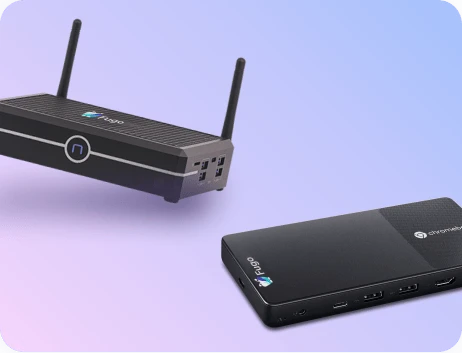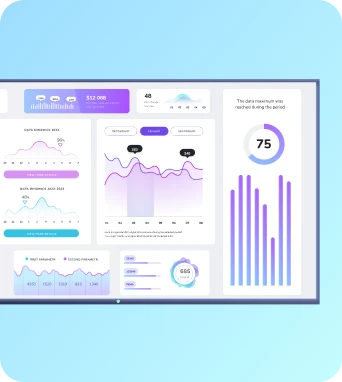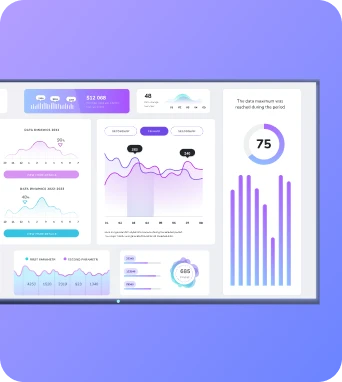Browser-based CMS
A browser-based CMS is a web-hosted content management system that lets teams create, schedule and publish digital signage content directly from any modern browser. It removes the need for local server installations, supports centralised asset libraries, access controls and real‑time updates for TV dashboards and workplace displays.
Browser-based CMS
Why choose a browser-based CMS
A browser-based CMS streamlines operations by centralising content creation, scheduling and deployment in a single web interface. Administrators can manage permissions and user roles so marketing teams and local managers have appropriate levels of control without touching device settings. For TV dashboards and workplace displays this centralisation reduces the number of failure points: there is no need to install client software on every workstation, and updates to templates or playlists propagate from a single source. That leads to faster iterations and consistent branding across all screens. Bandwidth management and caching strategies within the CMS ensure that assets are delivered efficiently to players, reducing network load and improving playback reliability in locations with constrained connectivity. From a security and compliance perspective, browser-based solutions typically support HTTPS, single sign-on and granular access controls, which are essential when multiple stakeholders publish content. Administrators can audit changes, revert to previous versions and schedule mandatory content such as emergency notices or compliance messages. Operationally, the web model simplifies onboarding — new users only need credentials and an internet connection — and enables remote troubleshooting, because logs and player status can be accessed centrally. The result is a predictable, scalable way to run digital signage across a mix of corporate sites, retail stores and public spaces while keeping administrative overhead low and ensuring continuity of messaging.
How a browser-based CMS integrates with Fugo
Integration between a browser-based CMS and Fugo centres on seamless content delivery to Fugo players and the use of cloud services for storage and orchestration. With Fugo, teams use the web UI to upload media, create playlists and set schedules; the CMS then pushes that content to connected players which render it on TVs and display panels. Fugo’s players are designed to cache content locally and synchronise playback schedules, so brief network interruptions do not disrupt displays. The CMS handles transcoding, fallback playlists and device targeting, enabling administrators to assign content to single screens, groups or entire locations with minimal effort. Real-time status feeds and logs in the CMS make it easy for IT teams to monitor device health, battery and network metrics and to push updates or reboot commands where necessary. For more complex deployments, Fugo supports APIs and webhooks so the browser-based CMS can be integrated into broader systems: HR platforms for employee dashboards, scheduling software for shift-based messaging, and data feeds for real-time KPIs or news. Multi-tenant capabilities allow agencies and central communications teams to manage multiple customers or departments within a single account while keeping content and billing separated. Best practice with Fugo includes optimising asset sizes, using content scheduling windows to avoid peak network usage, and setting sensible retention policies to keep the player cache predictable. Together, the browser-based CMS and Fugo player architecture provide a resilient platform that balances central control with local playback reliability.
Deployment and security considerations
Keep the learning going...
BrightSign XT244
The BrightSign XT244 is a compact, industrial-grade digital signage media player engineered for enterprise and retail deployments. It supports H.265 hardware decoding, 4K output, multi-zone layouts, GPIO control and comprehensive network management. Designed for reliability, it integrates with content platforms like Fugo for remote control and scheduling.
Browser-based tools
Browser-based tools are web applications and in-browser utilities that let teams design, manage and preview digital signage and TV dashboards without installing native software. They enable content creation, scheduling, monitoring and integrations through a browser, supporting remote updates and rapid iteration across distributed display networks.
Built-in AI analytics
Built-in AI analytics refers to onboard machine-learning capabilities within a signage platform that automatically collect and analyze viewer and display performance data—such as audience size, attention time, content engagement, and playback health—delivering real-time insights, automated reports, and actionable recommendations to optimize scheduling, content, and network reliability without external tools.



